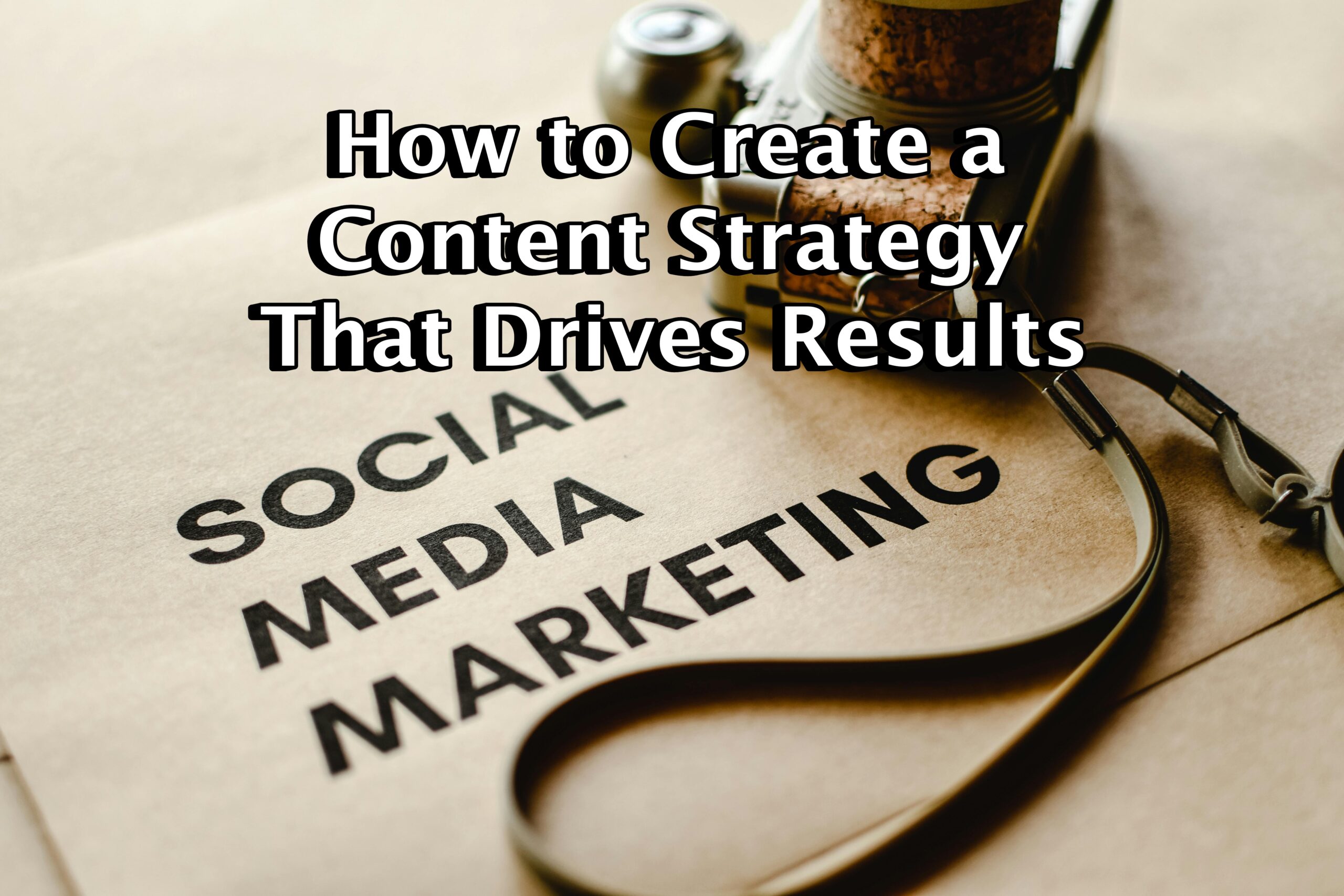Skip to content
How to Create a Content Strategy That Drives Results
Introduction
Creating content without a strategy is like driving without a map—you might move forward, but you won’t reach your destination efficiently. A strong content strategy helps you attract the right audience, boost engagement, and achieve your business goals. Here’s a step-by-step guide to crafting a content strategy that delivers real results.
Step 1: Define Your Goals
Before you create content, identify what you want to achieve. Your goals might include:
-
Increasing brand awareness
-
Generating leads
-
Boosting website traffic
-
Growing social media engagement
Use the SMART goal framework—make your goals Specific, Measurable, Achievable, Relevant, and Time-bound.
Step 2: Know Your Audience
Understanding your audience helps you create content that resonates. Research your ideal customers by:
-
Analyzing demographics (age, location, interests)
-
Studying their pain points and challenges
-
Reviewing competitors’ audiences
-
Gathering feedback through surveys or social media
Use tools like Google Analytics, Facebook Insights, and customer feedback surveys to gather data.
Step 3: Choose the Right Content Formats
Different audiences engage with different content types. Consider using:
-
Blog posts (for SEO and detailed guides)
-
Videos (for high engagement on social media)
-
Infographics (for visually appealing data)
-
Podcasts (for audiences who prefer audio content)
-
Email newsletters (for nurturing leads)
Align your content format with your audience’s preferences and platform trends.
Step 4: Plan and Organize Your Content
A content calendar keeps your strategy consistent. Your calendar should include:
-
Content topics
-
Publishing dates
-
Target platforms
-
Promotional strategies
Use tools like Trello, Notion, or Google Sheets to stay organized.
Step 5: Optimize for SEO and Social Media
To maximize reach, ensure your content is SEO-friendly by:
-
Using relevant keywords
-
Writing compelling headlines
-
Optimizing meta descriptions
-
Adding internal and external links
For social media, adjust content formats for each platform (e.g., shorter captions for Twitter, visual content for Instagram).
Step 6: Measure and Adjust
Track your content’s performance using:
-
Google Analytics (website traffic, bounce rates)
-
Social media insights (engagement, shares, comments)
-
Email marketing metrics (open rates, click-through rates)
Analyze what works, tweak your strategy, and refine your approach for better results.
Conclusion
A well-planned content strategy helps you create meaningful, goal-driven content that resonates with your audience. By defining objectives, understanding your audience, using the right formats, and analyzing results, you can build a strategy that truly drives success.
Tags:
#ContentMarketing #ContentStrategy #DigitalMarketing #SEO #SocialMediaMarketing #MarketingTips #ContentCreation

No responses yet